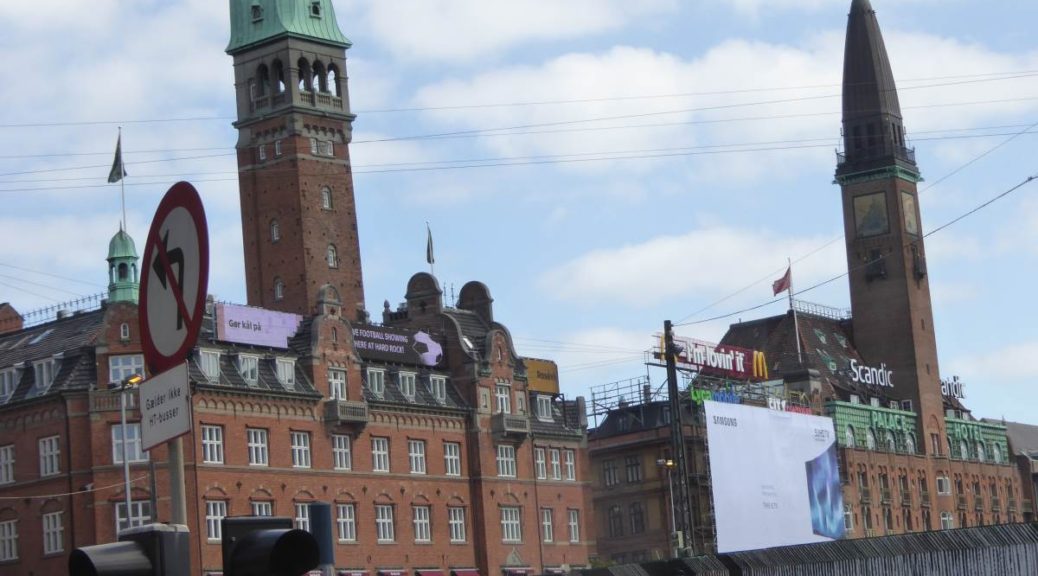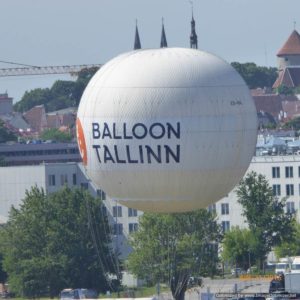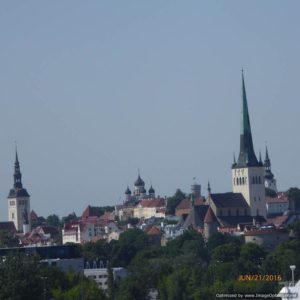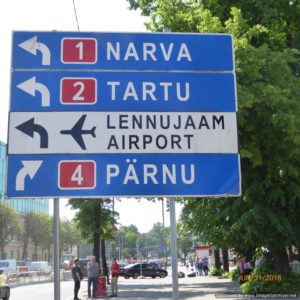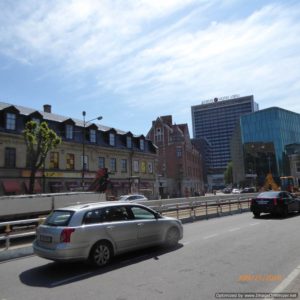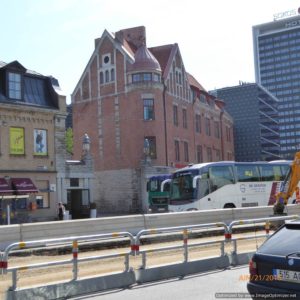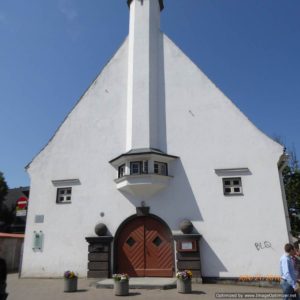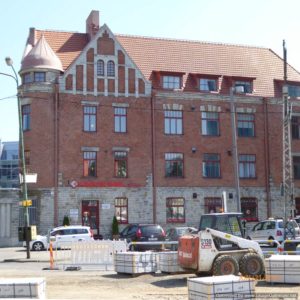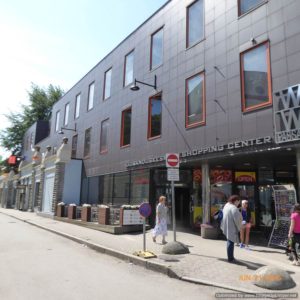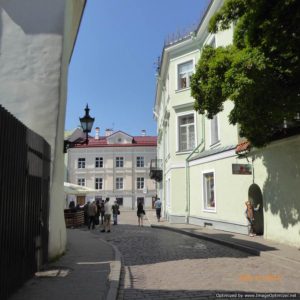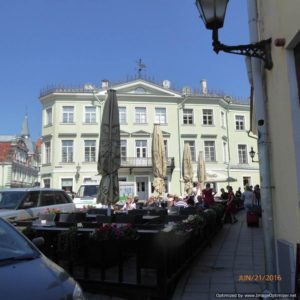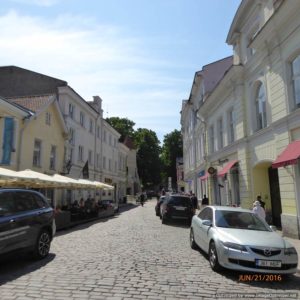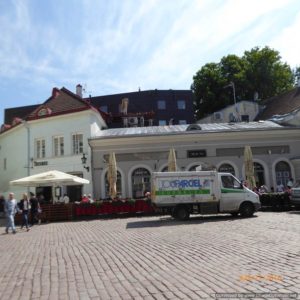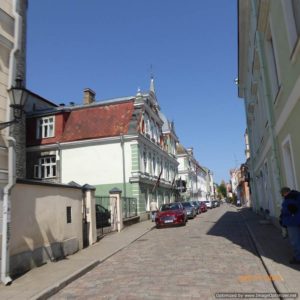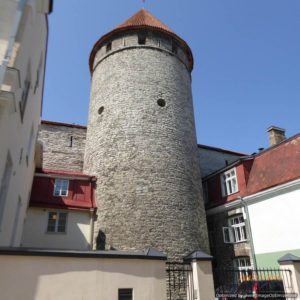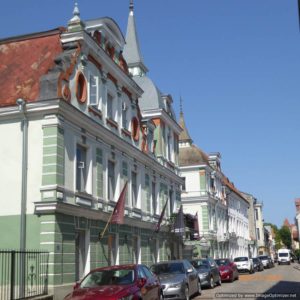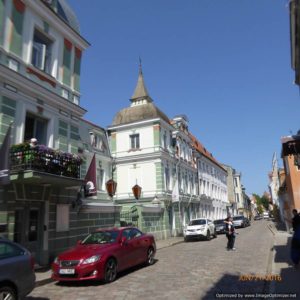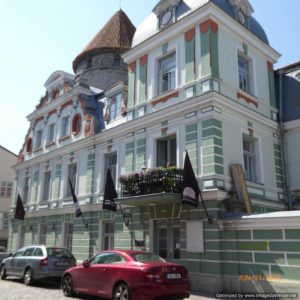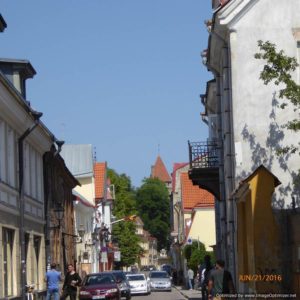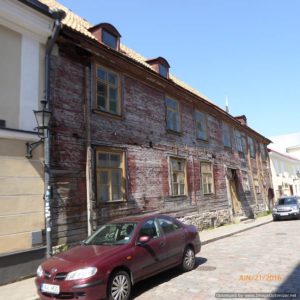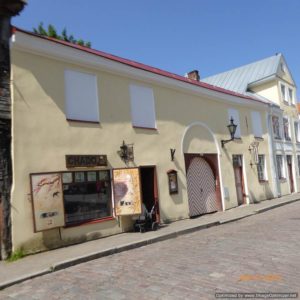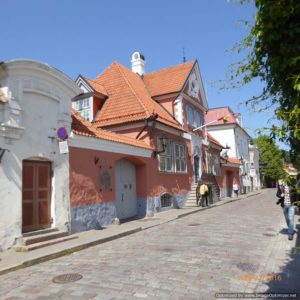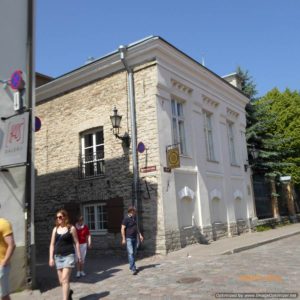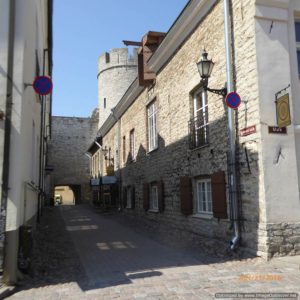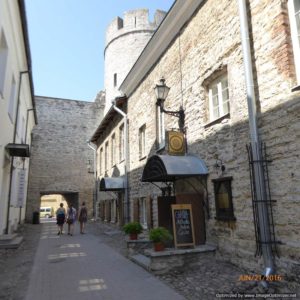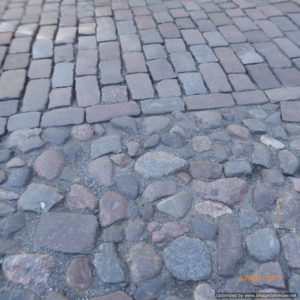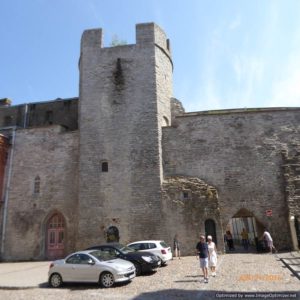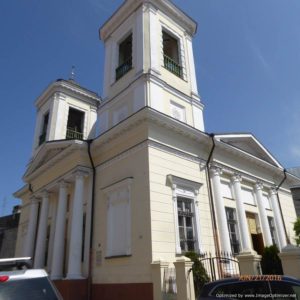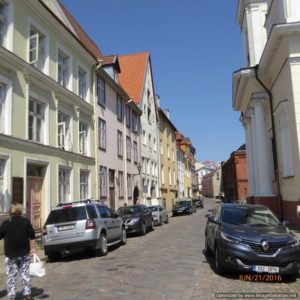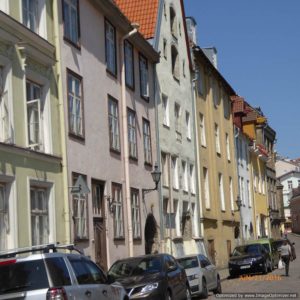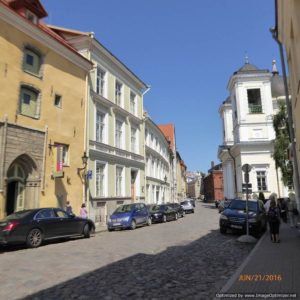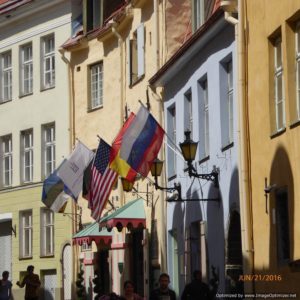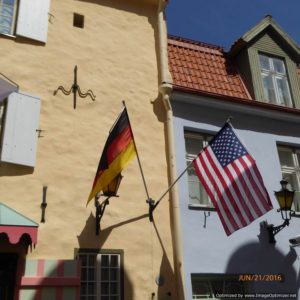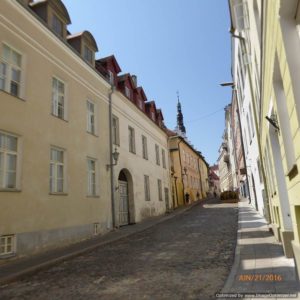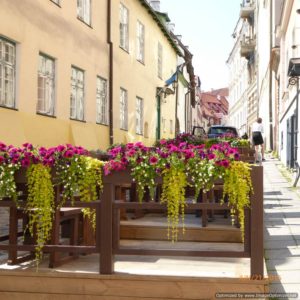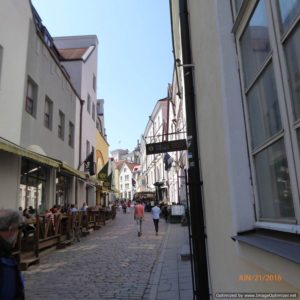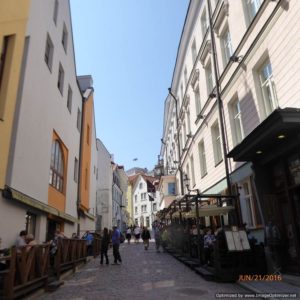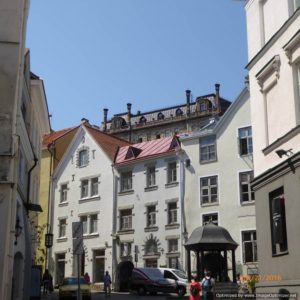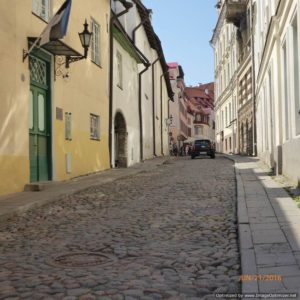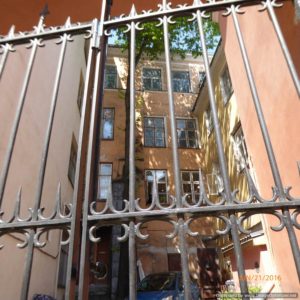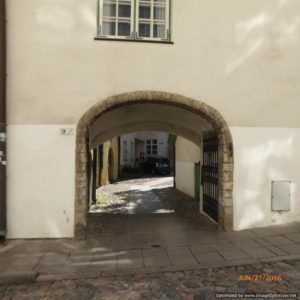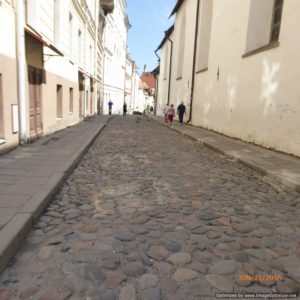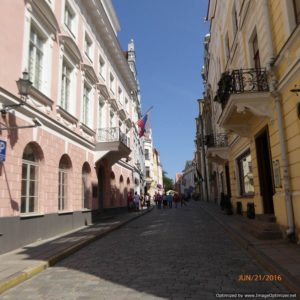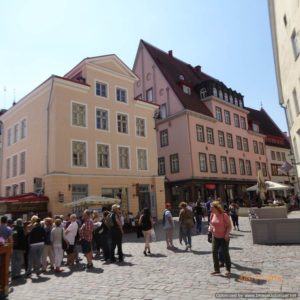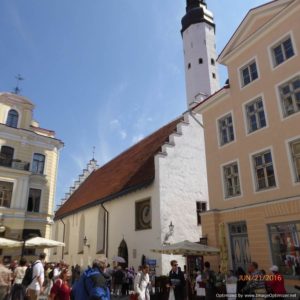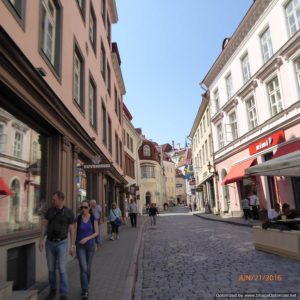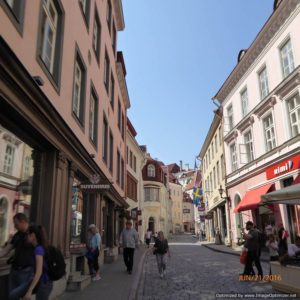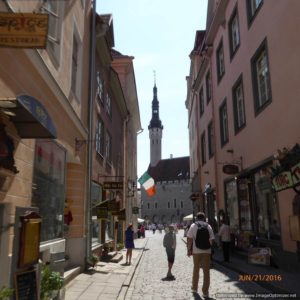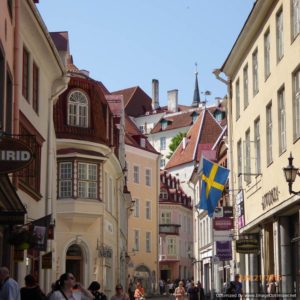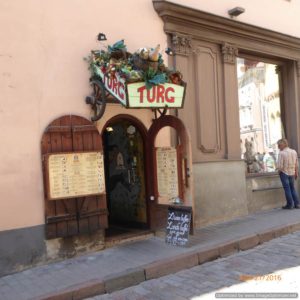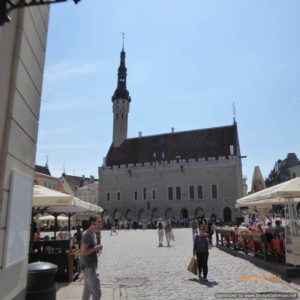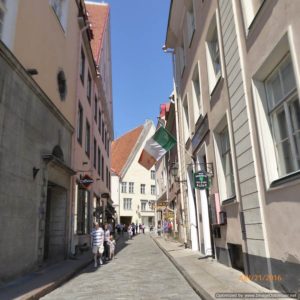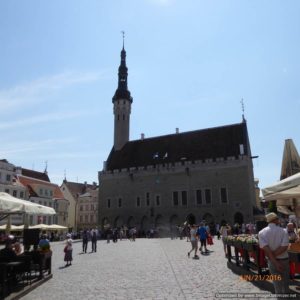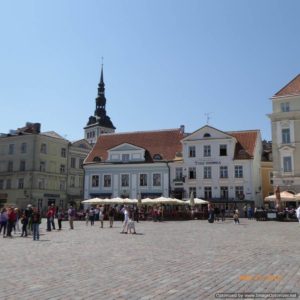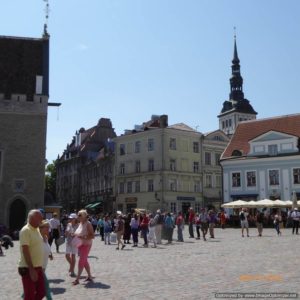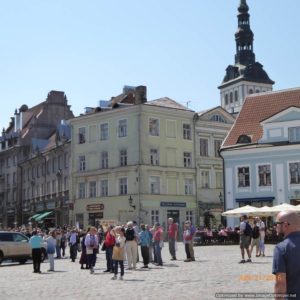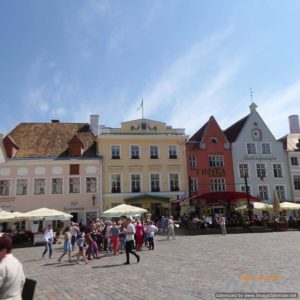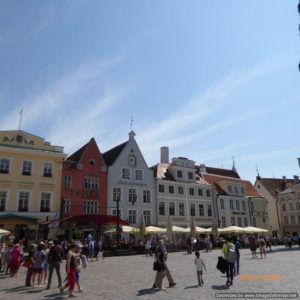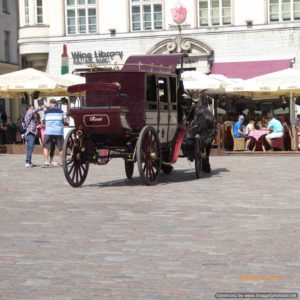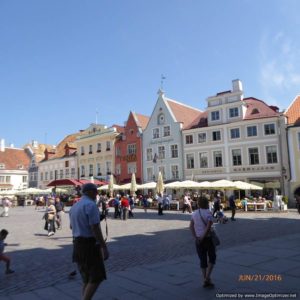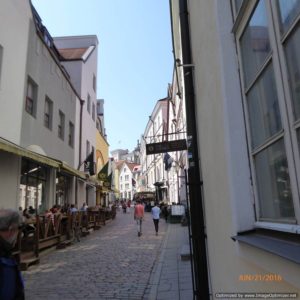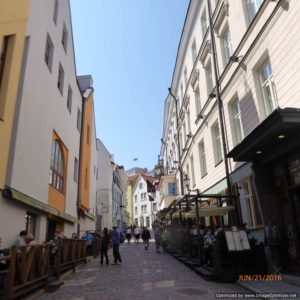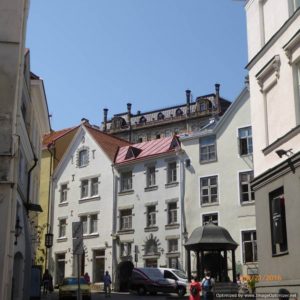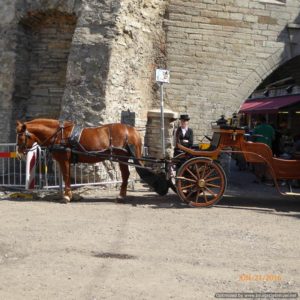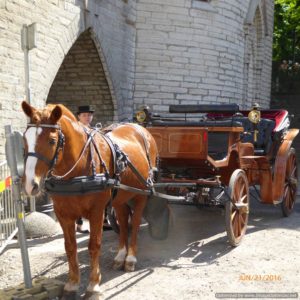RCI Navigator Of The Seas
Tallin, Estonia
June 21,2016
Tallin is one of the most well preserved of the ancient cities. Tallin was founded in 1,248, but dates back to 3,000 BC.
Tallin is the capitol of Estonia, being a true Baltic beauty with a myriad of parks, cafes, sporting activities, shops, and especially old town.
Tallin is a small medieval town with it’s Gothic spires, ancient bell towers and winding streets. Tallin is perhaps the best preserved in all of Europe.
The historic district has retained it’s charm through Swedish and Soviet rule, and co-exists today with the modern city of Tallin.
I love the cobblestone streets in these ancient cities
Brief synthesis
The Historic Centre (Old Town) of Tallinn is an exceptionally complete and well-preserved medieval northern European trading city on the coast of the Baltic Sea. The city developed as a significant centre of the Hanseatic League during the major period of activity of this great trading organization in the 13th-16th centuries.
The combination of the upper town on the high limestone hill and the lower town at its foot with many church spires forms an expressive skyline that is visible from a great distance both from land and sea.
The upper town (Toompea) with the castle and the cathedral has always been the administrative centre of the country, whereas the lower town preserves to a remarkable extent the medieval urban fabric of narrow winding streets, many of which retain their medieval names, and fine public and burgher buildings, including town wall, Town Hall, pharmacy, churches, monasteries, merchants’ and craftsmen’ guilds, and the domestic architecture of the merchants’ houses, which have survived to a remarkable degree. The distribution of building plots survives virtually intact from the 13th-14th centuries.
The Outstanding Universal Value of the Historic Centre (Old Town) of Tallinn is demonstrated in its existence as an outstanding, exceptionally complete and well preserved example of a medieval northern European trading city that retains the salient features of this unique form of economic and social community to a remarkable degree.
Criterion (ii): The Historic Centre of Tallinn, among the most remote and powerful outposts of the colonizing activities of the Hanseatic League in the north-eastern part of Europe in the 13th-16th centuries, provided a crucible within which an international secular-ecclesiastical culture resulting from the interchange of Cistercians, Dominicans, the Teutonic Order and the traditions of the Hanseatic League, formed and was itself exported throughout northern Europe.
Criterion (iv): The town plan and the buildings within it constitute a remarkable reflection of the coexistence of the seat of feudal overlords and a Hanseatic trading centre within the shelter of a common system of walls and fortifications.
Integrity
The boundaries of the inscribed World Heritage property and its buffer zone were modified in 2008 in order to bring the boundaries of the inscribed property in conformity with the boundaries of the Tallinn Old Town Conservation Area, recognized as a national monument in Estonia. The historic centre of Tallinn World Heritage property (thus increased from 60 ha. to 113 ha.) now encompasses the upper town (Toompea), the lower town inside the medieval walls, as well as the 17th century historic fortifications surrounding the entire Old Town, and a range of primarily 19th century structures, streetscapes and views, which today form a green area around the medieval city. This modification has ensured inclusion of all primary elements contributing to the outstanding universal value of the property, and strongly enhanced its completeness and integrity.
The buffer zone, increased from 370 ha to 2253 ha, also in 2008, now protects the immediate setting of the inscribed property in a much more complete fashion. Extended to the sea to include views from Viimsi and Kopli peninsulas, the buffer zone now includes 9 view sectors and 5 view corridors.
To date, Tallinn has maintained its characteristic skyline visible from both the sea and the land. The characteristic skyline however could be vulnerable because of planned high rise development outside the buffer zone.
Authenticity
The site preserves to a remarkable extent the medieval urban structure of building plots, streets and squares, set out in the 13th century, as well as medieval urban fabric. The radial street network is well endowed with buildings from the 14th-16th centuries. The town defences have been preserved over large sections at their original length and height, rising to over 15m in places.
In addition to architectural continuity, Old Town has retained its traditional use as a living city, hosting domestic, commercial and religious functions, and retaining the upper town as the administrative centre of the country. Nevertheless increasingly historic residential buildings are being refurbished for touristic or public use and thus subject to increased life safety and accessibility requirements.
The authentic setting of the inscribed World Heritage property includes some significant architecture from the late 19th century and early 20th century including theatres and schools as well as a number of exceptional wooden suburbs which form an integral part of the historic, urban fabric round Tallinn Old Town.
Until recently the survival of the wooden quarters was threatened by unclear ownership in the years following independence and in a general indifference to the qualities they offered residents. This latter could be seen in a lack of maintenance, and inappropriate upgrading and repair approaches. Today however the situation is turned around and these wooden areas are much valued, and adequate measures are in place to maintain their authenticity.

